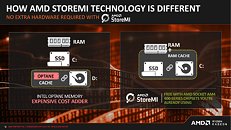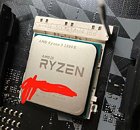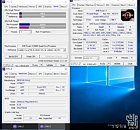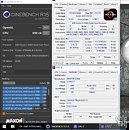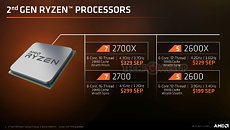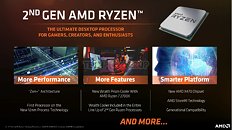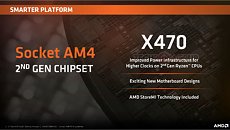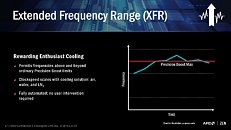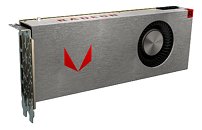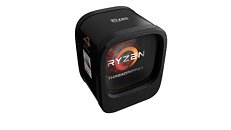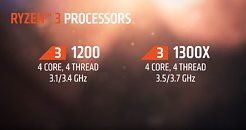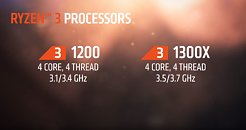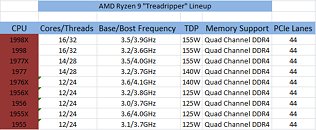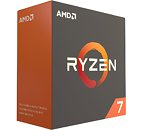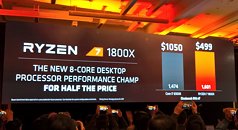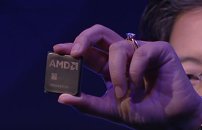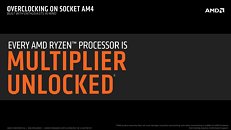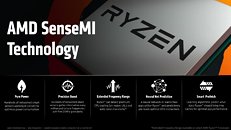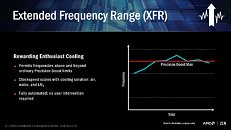
AMD Announces the B450 Chipset
AMD today announced the B450 motherboard chipset for socket AM4 processors and APUs. Positioned as the mid-range option from AMD's 400-series chipset family, the B450 will power motherboards priced anywhere between $70 to $160, and packs certain high-end features that could let you save money over choosing pricier X470-powered boards. To begin with, the B450, like the X470, has a lower TDP and power-draw, so it runs cooler, and can make do with lighter heatsinks. It comes with slightly improved reference CPU VRM and memory wiring specifications that AMD introduced with the X470. The B450, like the X470, also supports XFR 2 "Enhanced" and Precision Boost Overdrive (that lets you tinker with boost frequencies without arbitrarily setting a high clock speed).
The B450 is recommended by AMD for both Ryzen 5 series and Ryzen 7 series, provided you don't need multi-GPU, as motherboards based on B450 aren't allowed to have PEG lane bifurcation. You still get multiplier-unlocked CPU overclocking support (something the competing Intel B360 platform lacks), as well as memory overclocking. The B450 packs out of the box support for AMD StoreMI, a storage virtualization feature that stripes a portion of your memory, your fast SSD, and slower HDD, into a single volume, and juggles hot data in and out of the faster media in the background. You can have any brand of drives to use StoreMI. B350 motherboards support StoreMI through BIOS updates.
The B450 is recommended by AMD for both Ryzen 5 series and Ryzen 7 series, provided you don't need multi-GPU, as motherboards based on B450 aren't allowed to have PEG lane bifurcation. You still get multiplier-unlocked CPU overclocking support (something the competing Intel B360 platform lacks), as well as memory overclocking. The B450 packs out of the box support for AMD StoreMI, a storage virtualization feature that stripes a portion of your memory, your fast SSD, and slower HDD, into a single volume, and juggles hot data in and out of the faster media in the background. You can have any brand of drives to use StoreMI. B350 motherboards support StoreMI through BIOS updates.



